Fine Particle Violet Tungsten Oxide Preparation
- Details
- Category: Tungsten Information
- Published on Thursday, 28 October 2021 15:21

As a new material, ultra-fine particles are used more and more widely. Ultra-fine tungsten powder or tungsten carbide powder as the raw material for the production of ultra-fine grained cemented carbide has also received great attention from metallurgists. A lot of research has been done on the production of ultrafine tungsten powder or tungsten carbide powder at home and abroad.
Tungsten-Molybdenum Alloy
- Details
- Category: Tungsten Information
- Published on Wednesday, 27 October 2021 19:15
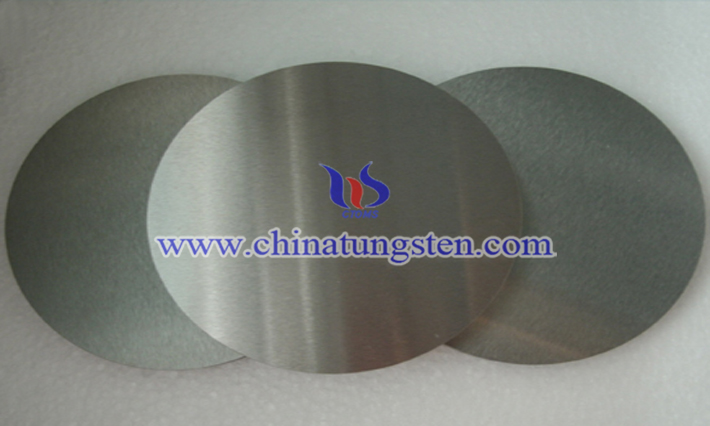
Tungsten alloys have three kinds of types, tungsten-molybdenum alloys, niobium-tungsten alloys and hard alloys according to different added elements. Tungsten-Molybdenum Alloy is an alloy containing molybdenum and tungsten, which includes two series of molybdenum-tungsten alloy with molybdenum as the main additive element and tungsten-molybdenum alloy with tungsten as the main additive element. The two alloys can be formed in any ratio and are completely solid solution alloys at many temperatures.
The nominal compositions of commonly used Molybdenum-Tungsten Alloy are Mo-30W, Mo-50W and Mo-85W.The Mo-W alloy can be regarded as a transition alloy between Mo and W. Therefore, the alloy can be applied in a wide temperature range between molybdenum and tungsten.
Preparation of W-Cu Composite Using Ammonium Paratungstate
- Details
- Category: Tungsten Information
- Published on Friday, 22 October 2021 23:36

Large-Scale Production of Tungsten Trioxide Nanoparticles
- Details
- Category: Tungsten Information
- Published on Friday, 22 October 2021 23:21
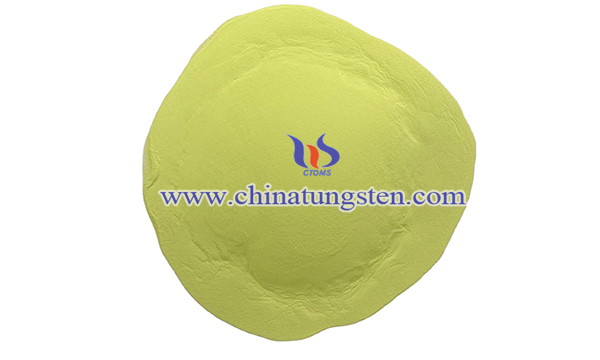
Tungsten trioxide (WO3) powder has been used to produce filaments and tungsten carbide. As more characteristics are discovered, WO3 powder has been widely used in electrochromic displays, semiconductor gas sensors, photocatalysts and other devices due to its excellent electrochromic, gastrochromic, thermochromic and photochromic properties. WO3 powders with nanostructures are believed to have the enhanced properties because of their larger surface area and unique physical properties.
WO3/V2O5 Nanorod Materials as Electrochemical Supercapacitor
- Details
- Category: Tungsten Information
- Published on Friday, 22 October 2021 23:06
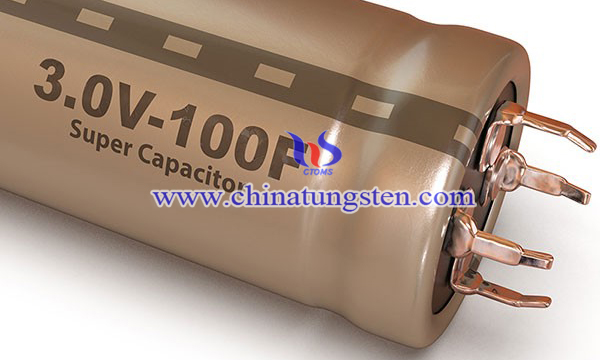
Tungsten trioxide (WO3) is an N-type semiconductor material that has been widely studied for use in sensors, electrochromism, photocatalysts, and energy storage devices. A simple and low-cost microwave-assisted method have been adopted to prepare the composite.
Ultrasensitive WO3 Gas Sensors for Nitrogen Dioxide Detection in Low Oxygen Environment
- Details
- Category: Tungsten Information
- Published on Friday, 22 October 2021 22:27
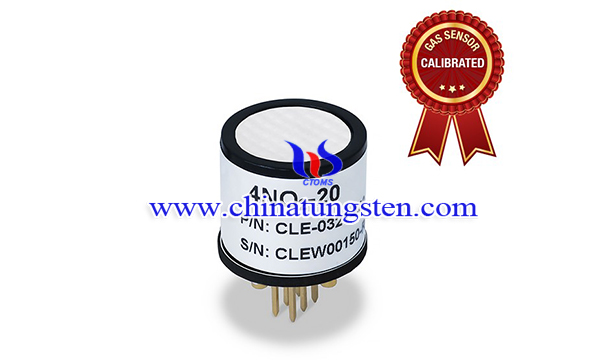
Gas sensing at room temperature has attracted a lot of research interest, especially the combination of MOX, CNT and graphene, but it usually has the problems of slow response time, poor baseline stability, and high humidity dependence.
WO3 Nanostructured Thin Films for H2S Gas Sensor Applications
- Details
- Category: Tungsten Information
- Published on Thursday, 21 October 2021 00:39
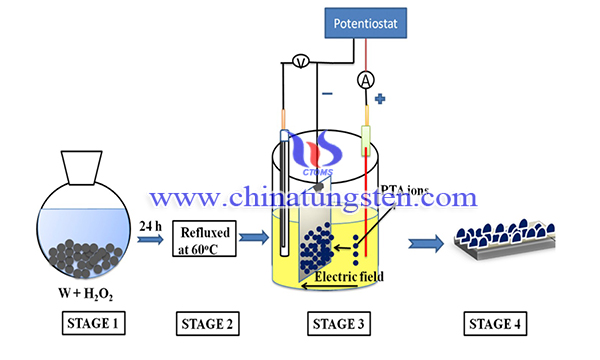
High-performance gas sensors are receiving more and more attention due to their wide application in pollutant detection, medical diagnosis, chemical monitoring, food processing and other fields. Tungsten oxide (WOx) has received considerable attention as a promising sensing material due to its high sensitivity and stability, specifically towards hydrogen sulfide (H2S) gas. Various WO3 nanostructures such as nanoparticles, nanowhisker, nanorods, and nanowires have shown enhanced sensing properties towards different gases.
Nanosized Tungsten Carbide Prepared by Plasma Process
- Details
- Category: Tungsten Information
- Published on Thursday, 21 October 2021 00:21
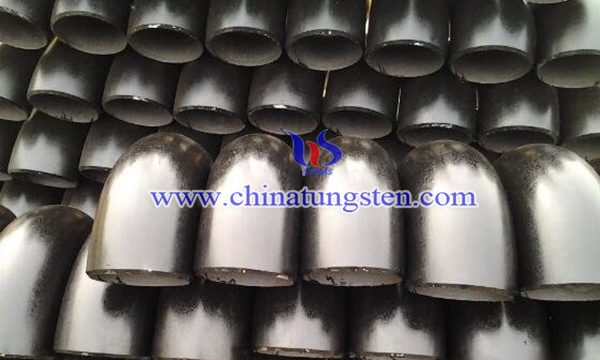
Cemented carbide or tungsten carbide (W2C) is widely used in cutting tools, drilling tools and wear-resistant tools due to its excellent tensile strength, fracture toughness, thermal shock resistance and hardness. By reducing the grain size of WC or adding appropriate reinforcing materials, the mechanical properties of cemented carbide can be greatly improved. The grain size of WC can be suppressed by adding a grain inhibitor or using low-temperature rapid sintering.
Preparation of Ammonium Paratungstate (APT)
- Details
- Category: Tungsten Information
- Published on Thursday, 21 October 2021 00:04
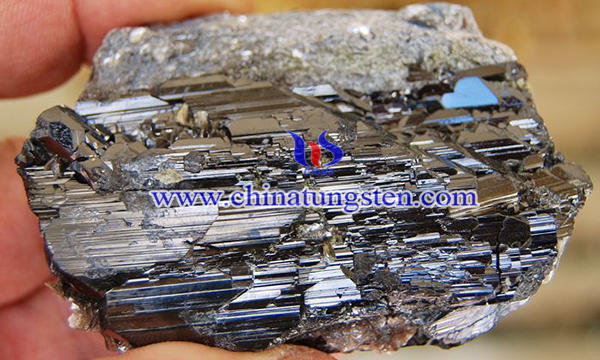
Ammonium paratungstate (APT) is a known intermediate to produce metallic tungsten, tungsten-containing catalysts, or tungsten-based hard materials (such as tungsten carbide) or sputtering targets. The latter application requires particularly high purity APT. There are two major source of tungsten which include tungsten ores and recycle of tungsten scraps.
Carbon Additives to WO3 for Enhanced Photocatalytic Performance
- Details
- Category: Tungsten Information
- Published on Monday, 18 October 2021 00:38
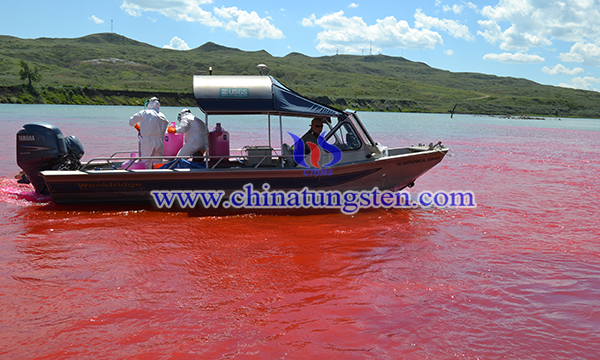
Photocatalytic degradation is considered as a promising technology for complete wastewater decontamination because of its organic and synthetic dormancy, essential limit, cost-viability, and long haul security against chemical corrosion. Photocatalytic degradation on dyes such as rhodamine B (RhB) has gained a lot attention.



 sales@chinatungsten.com
sales@chinatungsten.com